Framing 101
Discover how the science of framing can help us to be heard and understood. When we change the story and how we tell it, we can change the world.
Framing is the choices we make in what we say and how we say it:
These choices matter. They affect how people hear us, what they understand, and how they act.
The science of framing helps us to be heard and understood. When we change the story and how we tell it, we can change the world.
For a quick glimpse at some of the basics of framing, check out Fast Frames — a six-part mini-series featuring quick advice that you can use to make your communications more effective.
Each of the videos in this series shares a specific framing tip to help you advance your social change work, including lessons on:
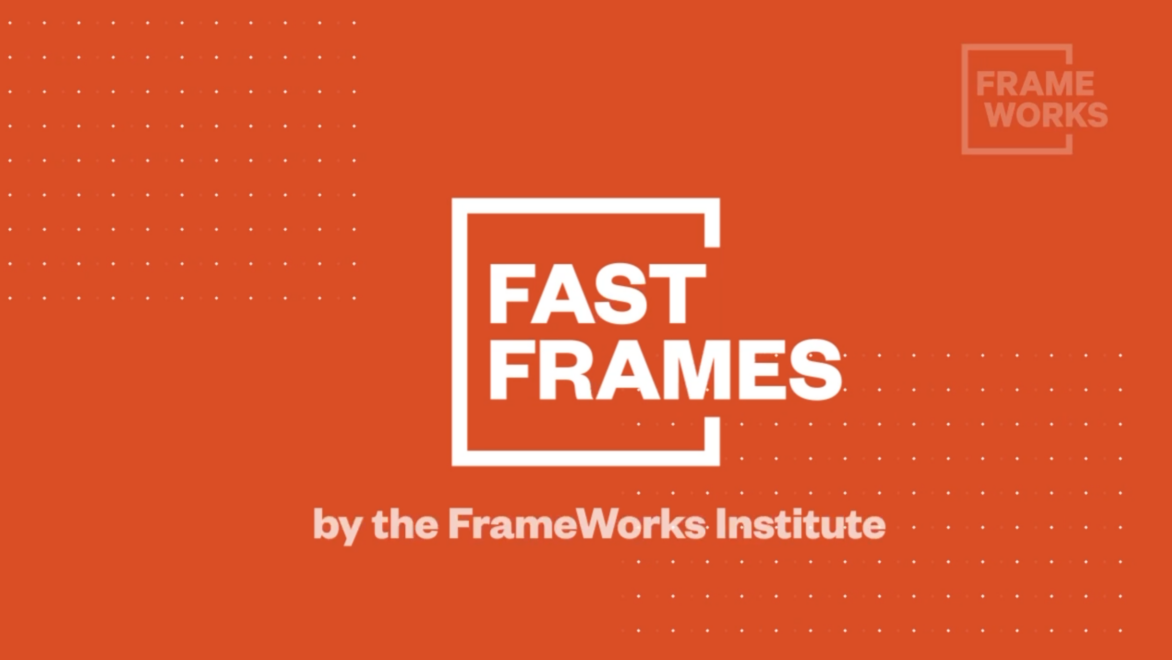
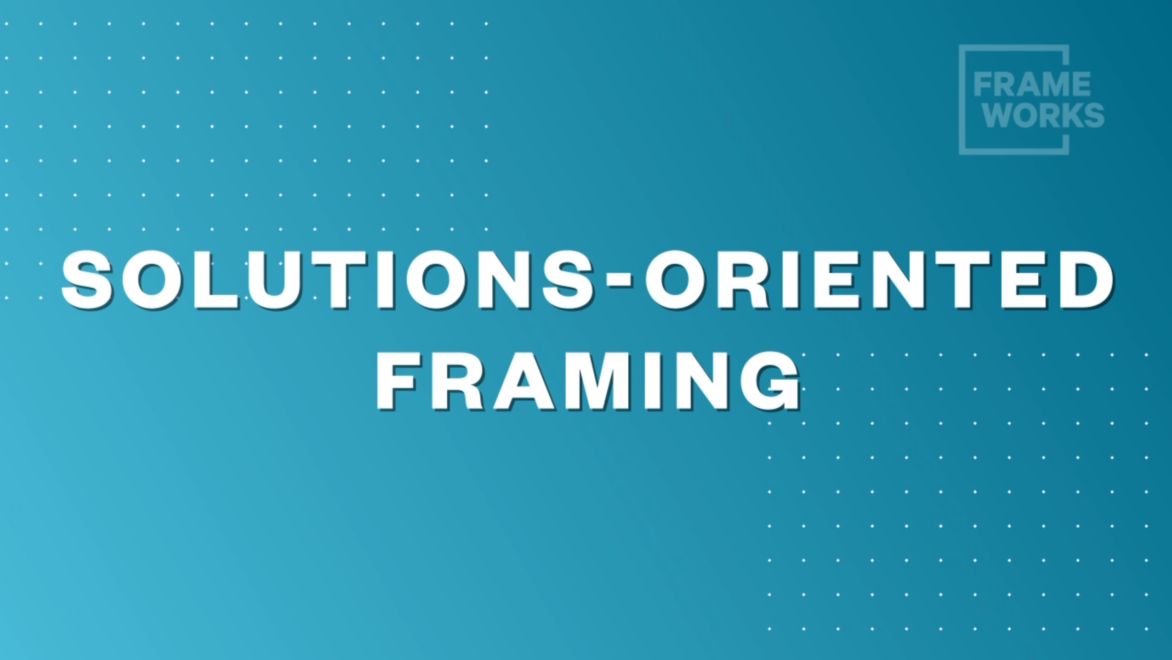
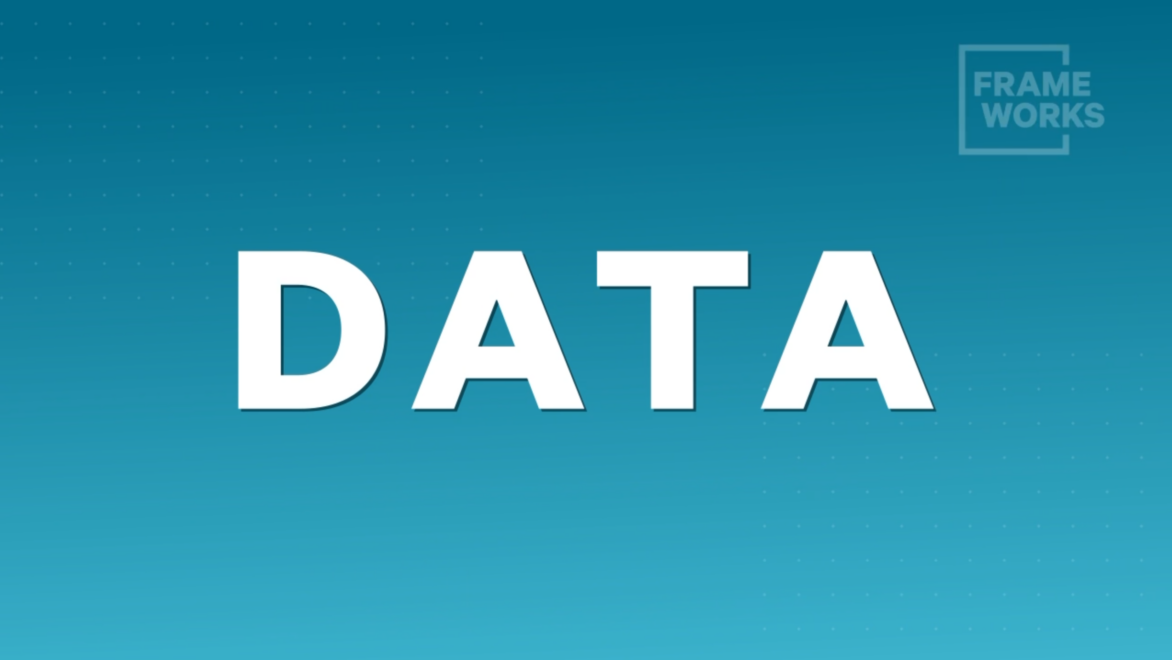
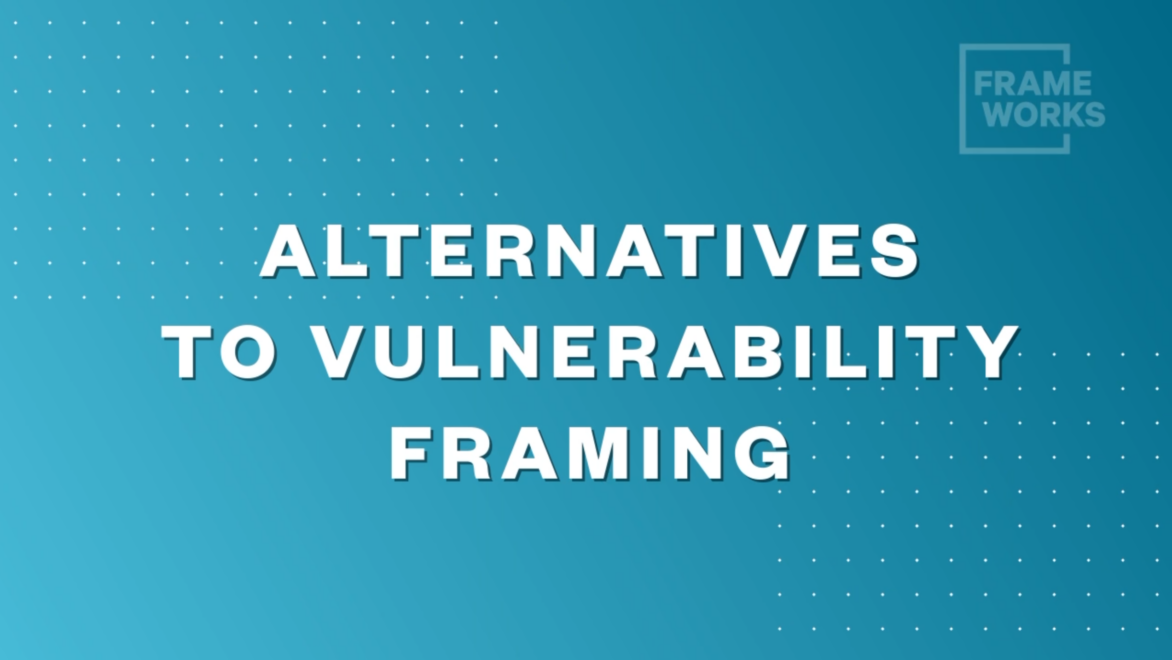
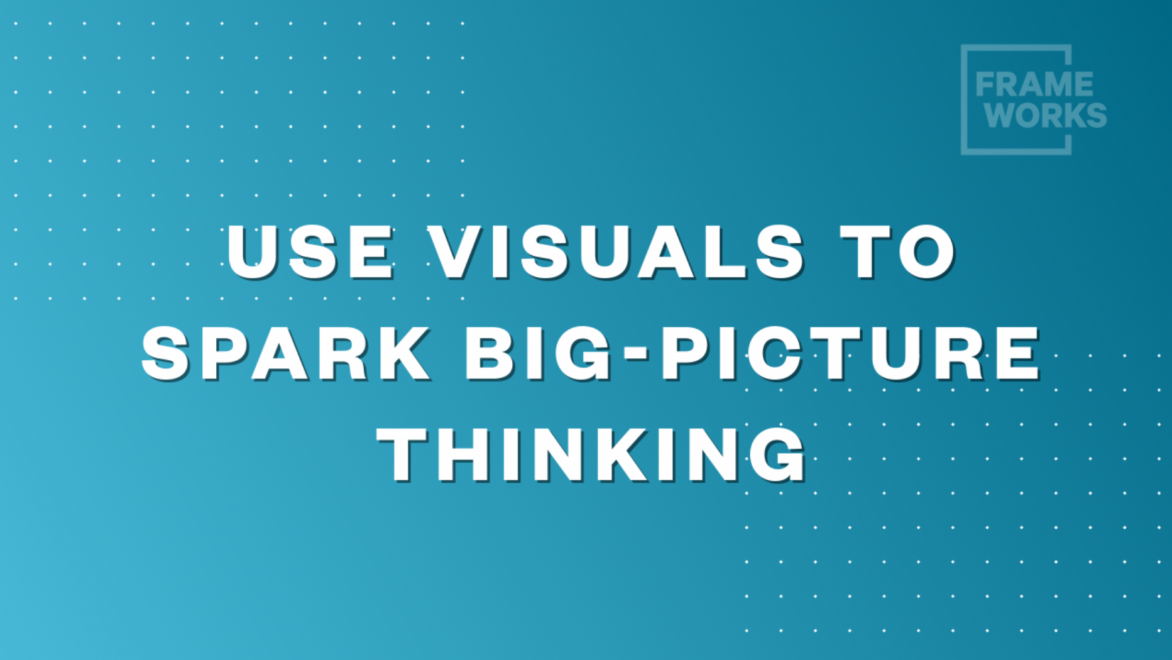
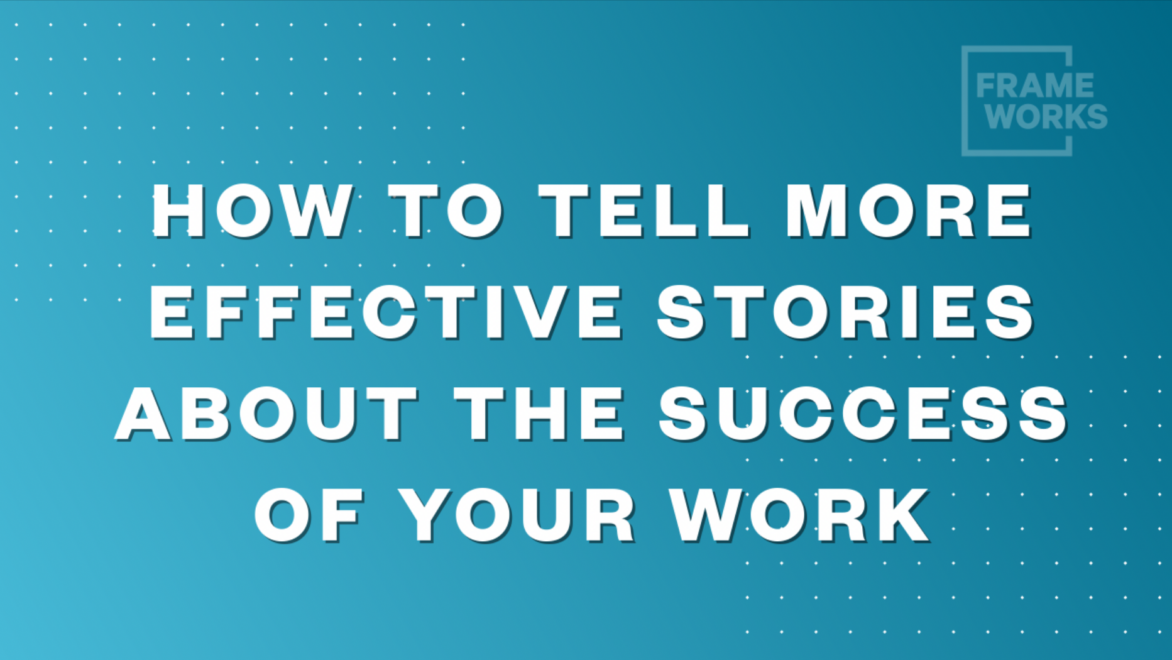
Showing 1 – 12 of 20